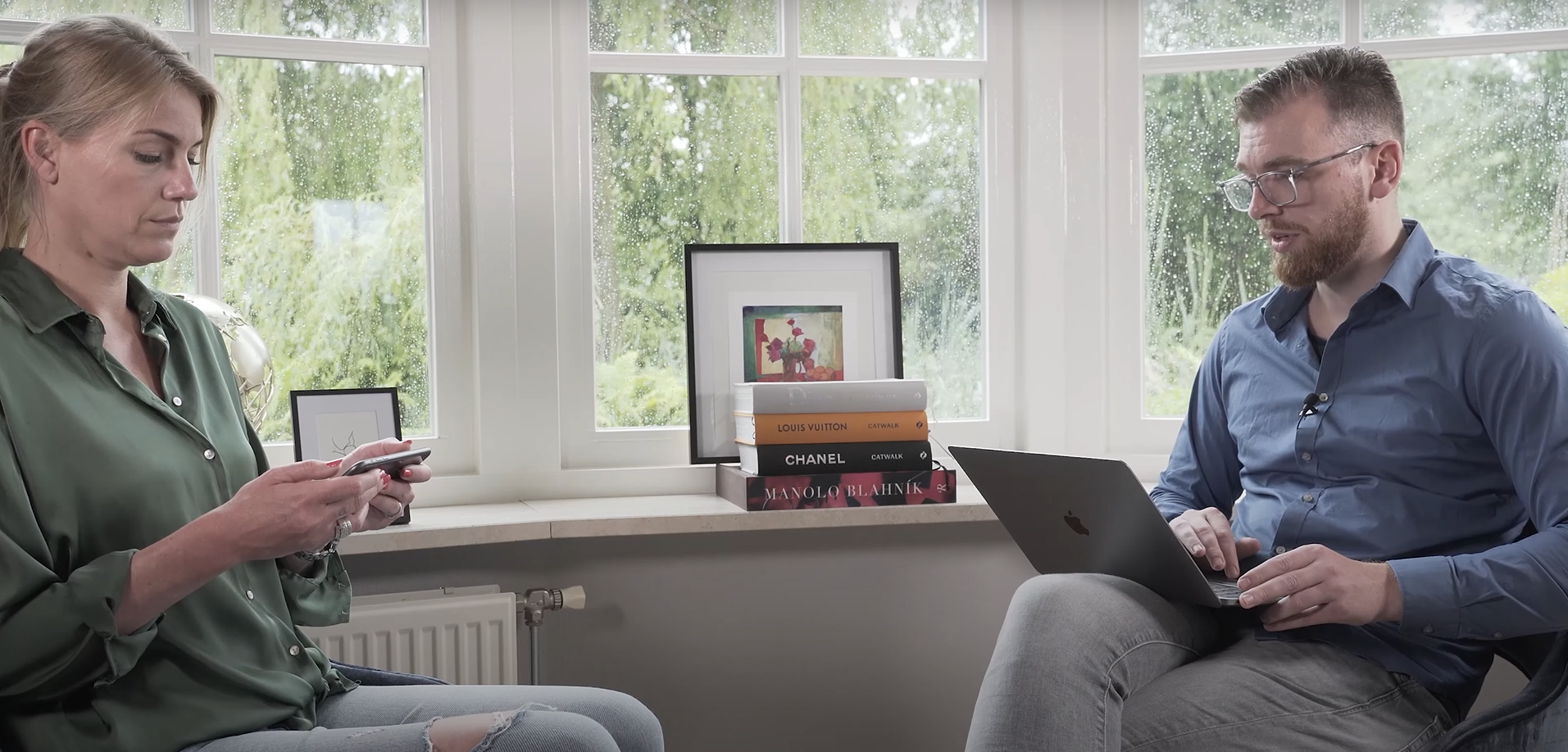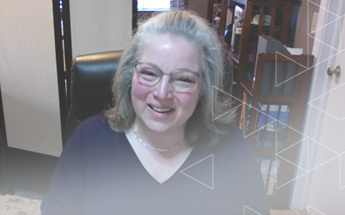The emergence of EMDR 2.0
Since 2020, through experience, research, and science, EMDR has evolved into EMDR 2.0. In recent years, under the leadership of Prof. Ad de Jongh and Dr. Suzy Mathijssen, EMDR has developed both nationally and internationally towards EMDR 2.0. The EMDR community is responding very enthusiastically, both nationally and internationally to this new version of EMDR therapy. But what is the difference?
What is EMDR 2.0?
EMDR 2.0 focuses mainly on memory images with a (very) high SUD that does not drop much, if at all, after regular EMDR because the patient avoids it because of the fear of disruption. Targets with a high to very high SUD usually qualify as re-experiences/flashbacks. These are memory images that have a strong intrusive and “then=now” character. Thus, what the patient felt then is being relived now.
EMDR 2.0 focuses more on maximum working memory load with respect to the target. Because fewer associations occur, the reprocessing component in EMDR 2.0 seems somewhat secondary to the desensitization
Other than that, the effects are:
- Decreased disassociations occur during EMDR 2.0.
- More focus on breaking through avoidance
- More focus on creating maximum arousal
- More different working memory tasks
How to use EMDR 2.0?
Whereas EMDR was normally and from its inception given with hand movement, sounds and a light bar were later added to relieve therapists physically while giving the therapy.
During treatments, a therapist seeks the most optimal form of working memory load per individual for the most successful treatment. However, therapists must seek the optimal load based on how the patient responds, how they follow the tasks, and how the processing of the memory is going.
EMDR 2.0 makes this process even more important for the therapist and patient. However, this is not yet as simple as it seems.
How do digital tools help with the use of EMDR 2.0?
Since Covid, programs have been developed that allow EMDR to be delivered in a digital way. Ideal when treating people online.
In addition, smart tools have also been developed that measure, search and continuously load the optimal form of working memory load for the therapist, completely in line with EMDR 2.0. A perfect combination of technology combined with a therapist.
Want to know more about the working memory theory? Learn more on EMDR 2.0 and effectively using the working memory on this page!
Want to learn more on tools that help you get the most out of EMDR 2.0? Try out WeMind EMDR here, to practice with algorithms and AI that help you achieve the best therapy outcomes!


/345x215/images/Eileen-Klein.jpg)

/415x250/images/wemind-exposure-in-laptop.png)

/664x399/images/Schermafbeelding-2023-06-21-om-13.21.07.png)

/4500x3000/images/WeMind-3.0-Mockup-Exposure.png)

/768x1024/images/Kind-EMDR.jpg)

/345x215/images/Sherry-klein.jpg)